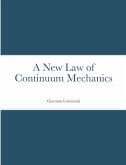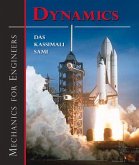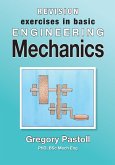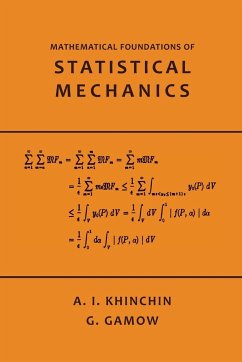This Short Course o f Theoretical Mechanics is designed for students of higher and secondary technical schools. It treats of the basic methods of theoretical mechanics and spheres of their application along with some topics which are of such importance today that no course of mechanics, even a short one, can neglect them altogether. The structure of this book is based on the profound conviction, born out by many years of experience, that the best way of presenting study material, especially when it is contained in a short course, is to proceed from the particular to the general. Accordingly, in this book, plane statics comes before three-dimensional statics, particle dynamics before system dynamics, rectilinear motion before curvilinear motion, etc. Such an arrangement helps the student to understand and digest the material better and faster and the teaching process itself is made more graphic and consistent. Alongside with the geometrical and analytical methods of mechanics the book makes wide use of the vector method as one of the main generally accepted methods, which, furthermore, possesses a number of indisputable advantages. As a rule, however, only those vector operations are used which are similar to corresponding operations with scalar quantities and which do not require an acquaintance with many new concepts. Considerable space-more than one-third of the book-is devoted to examples and worked problems. They were chosen with an eve to ensure a clear comprehension of the relevant mechanical phenomena and cover all the main types of problems solved by the methods described. There are 176 such examples (besides worked problems); their solutions contain instructions designed to assist the student in his independent work on the course. In this respect the book should prove useful to all students of engineering, notably those studying remotely or on their own.








